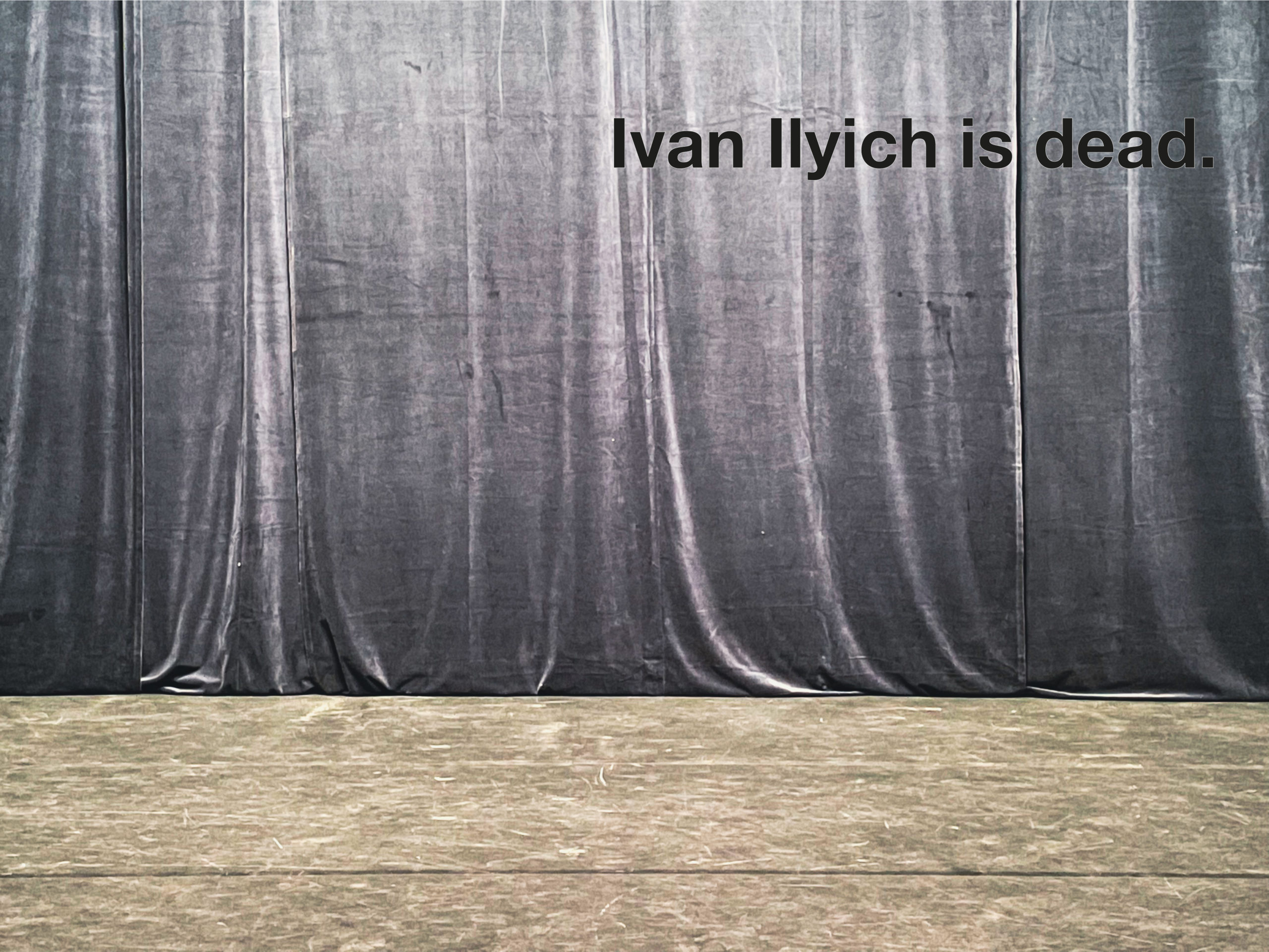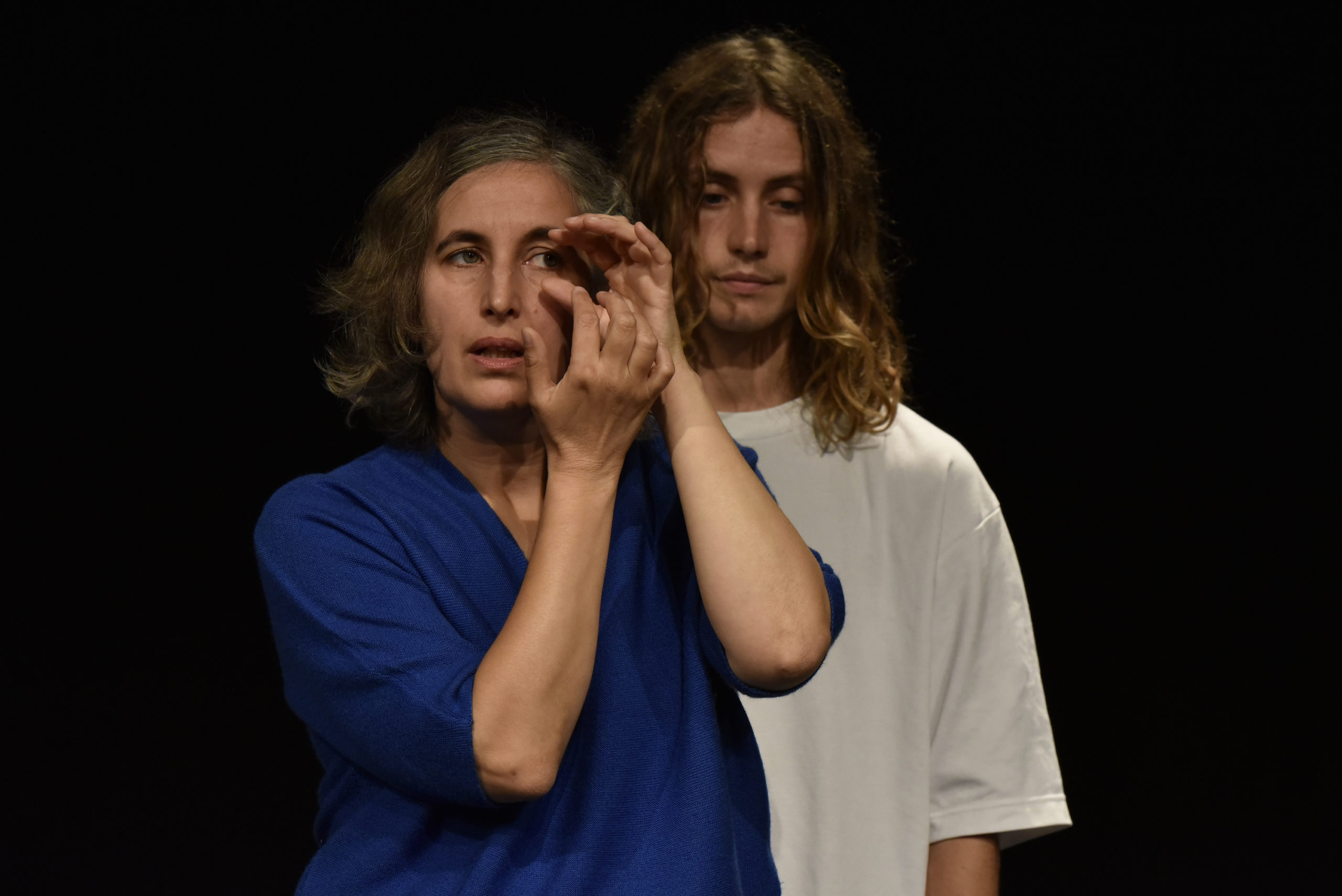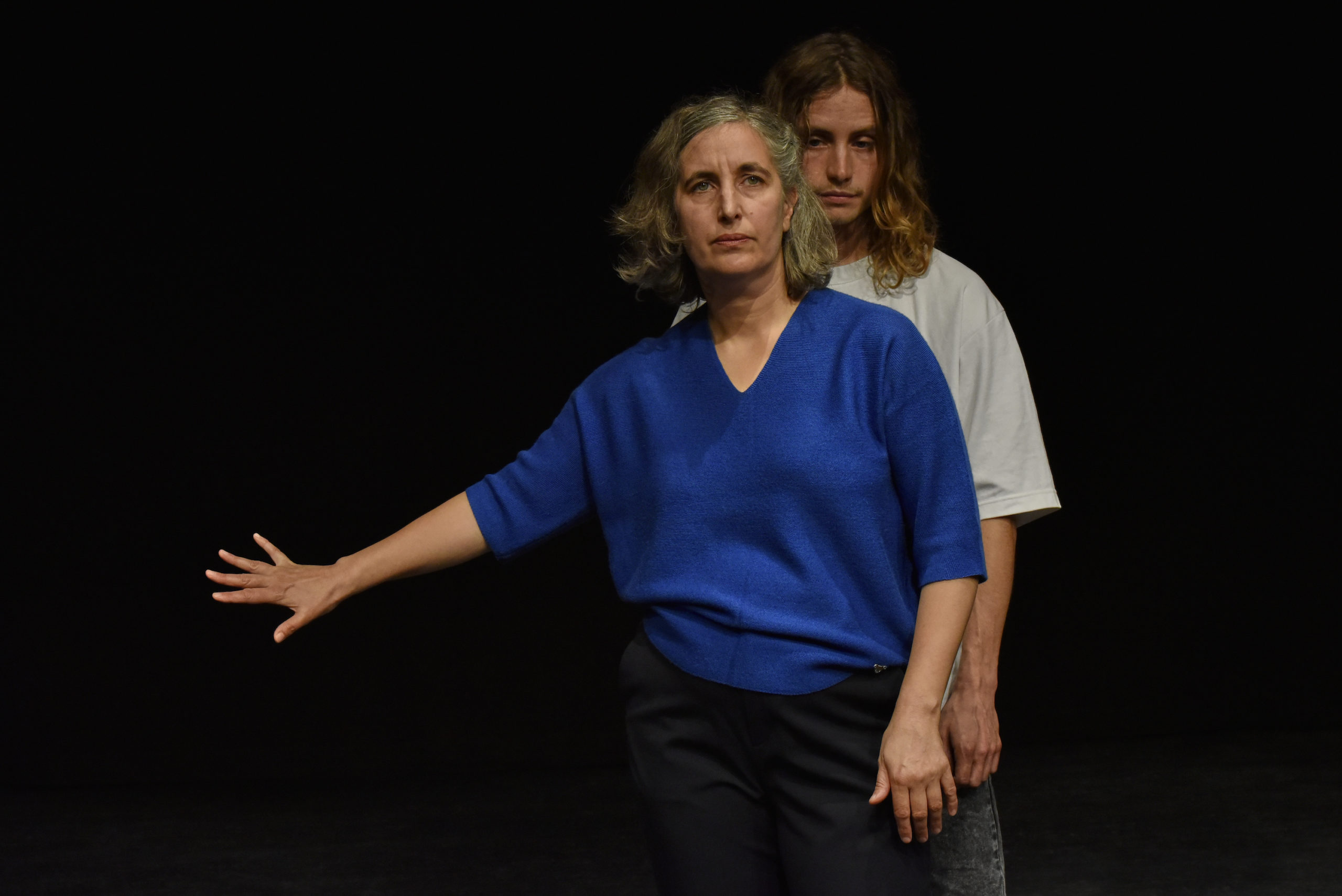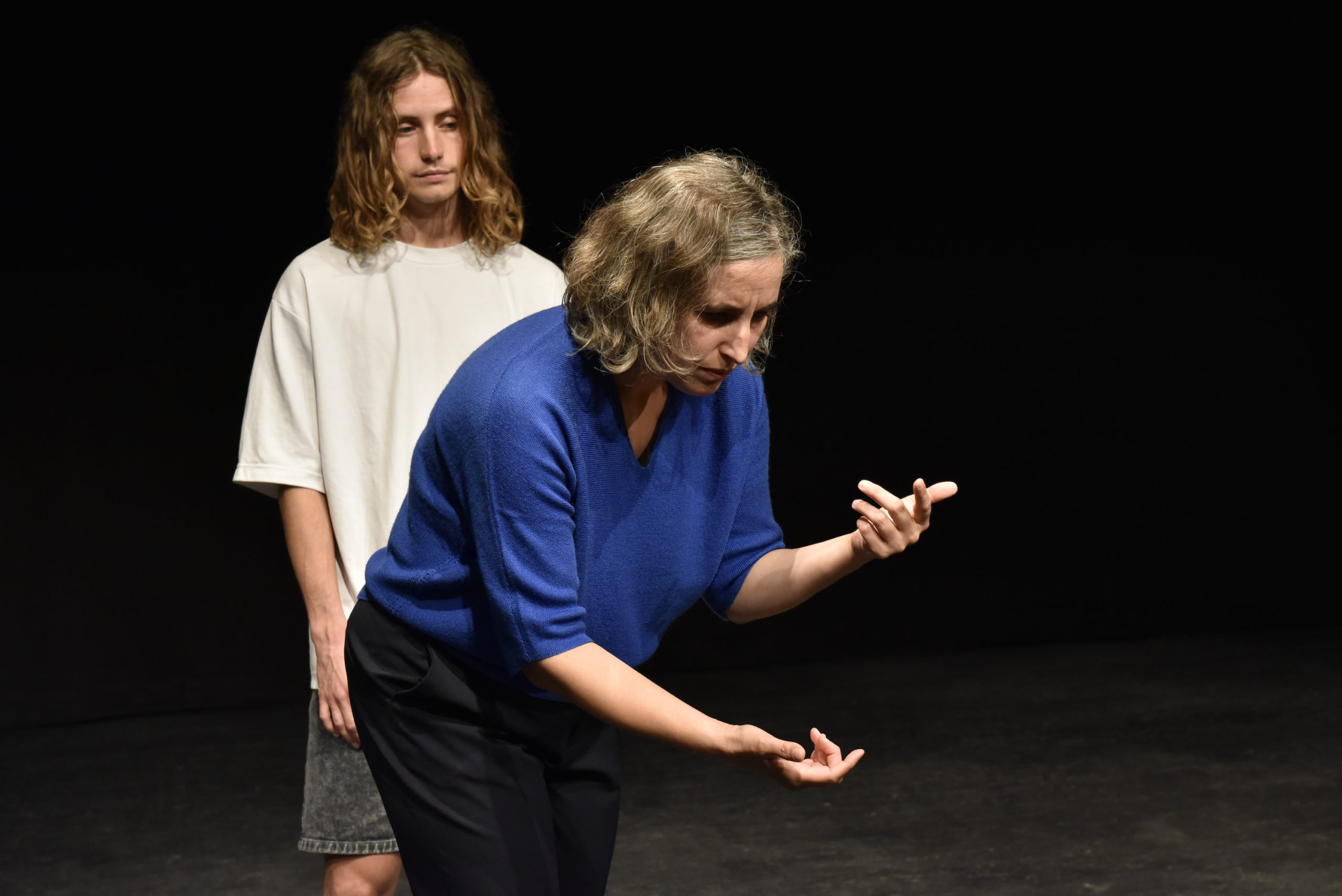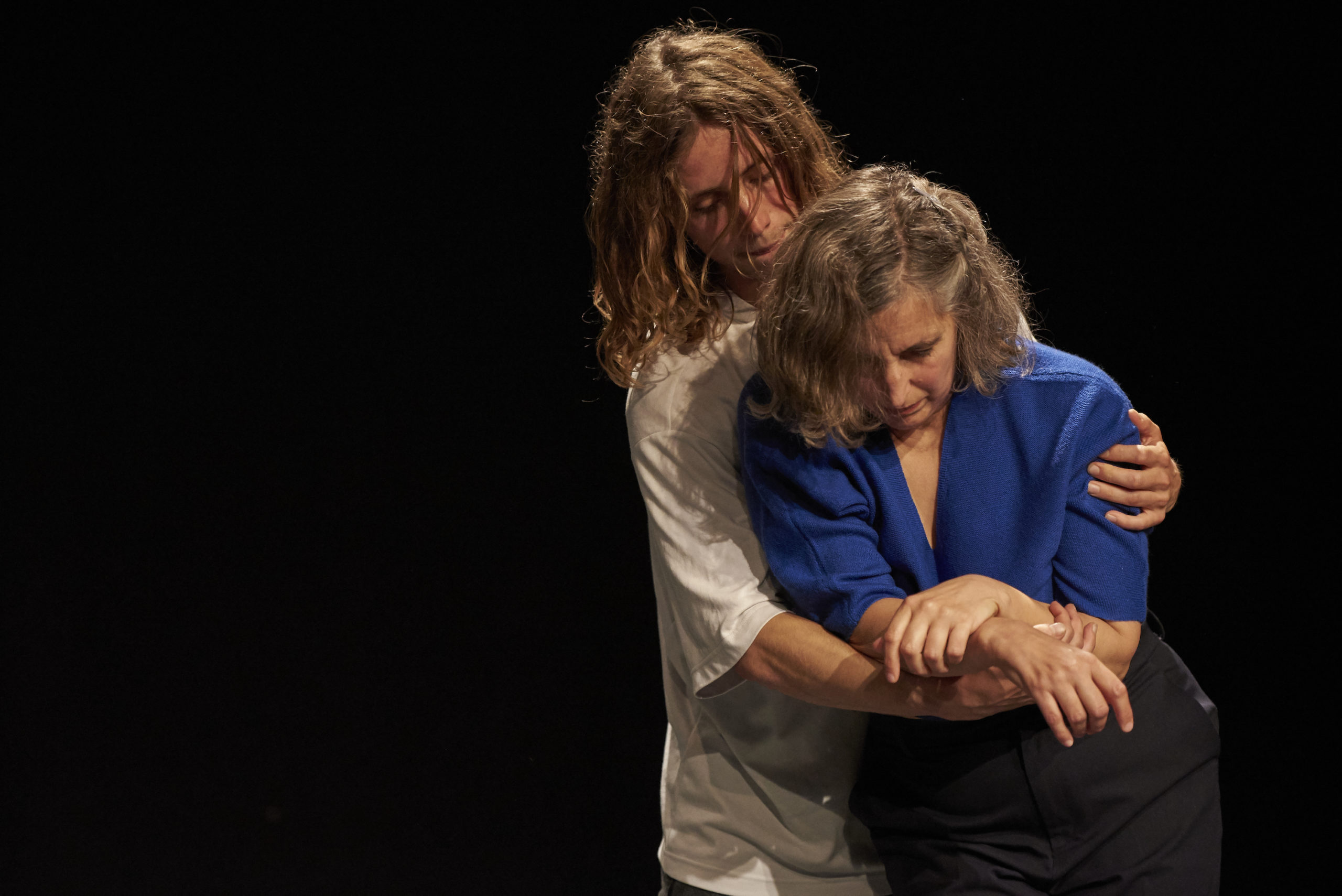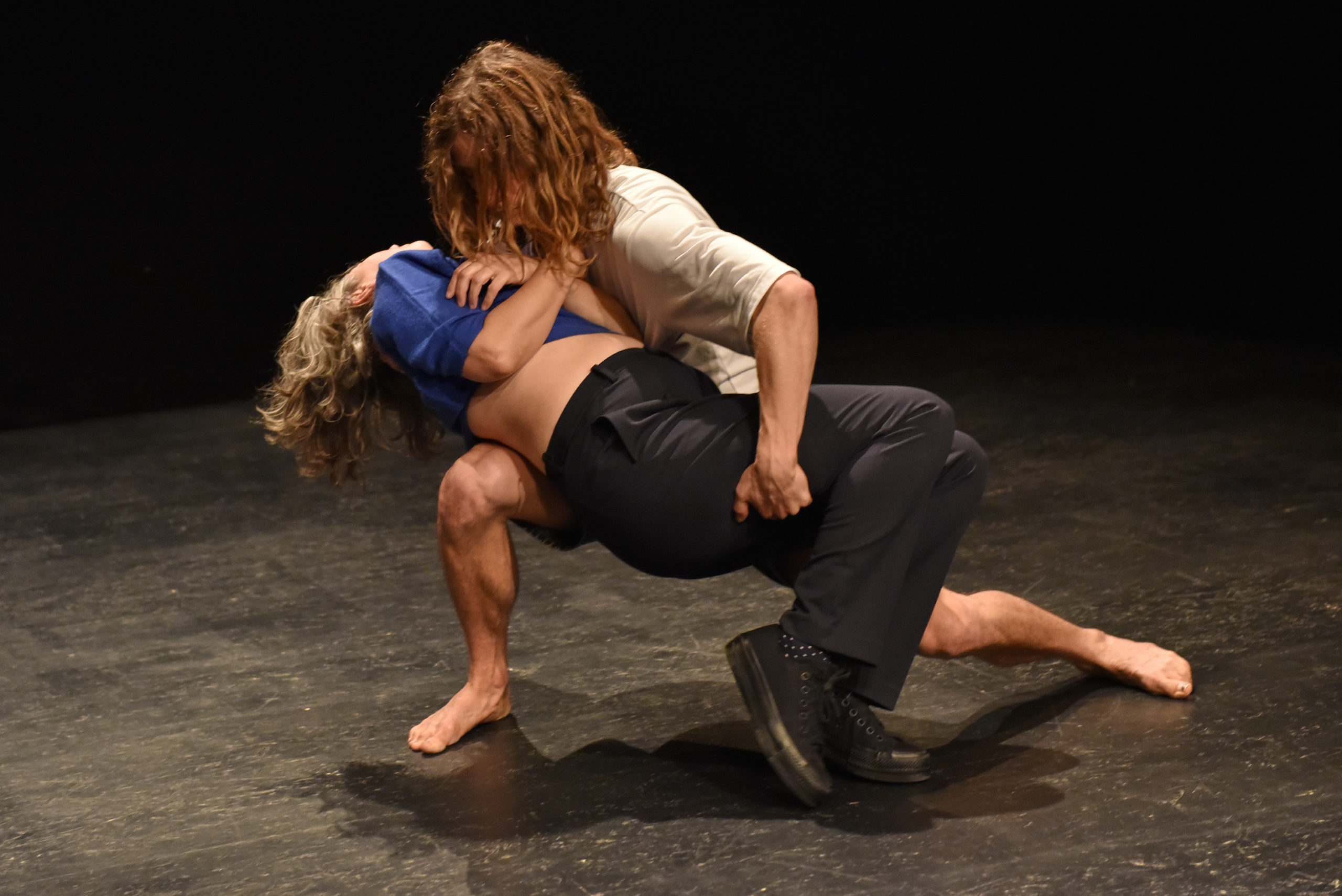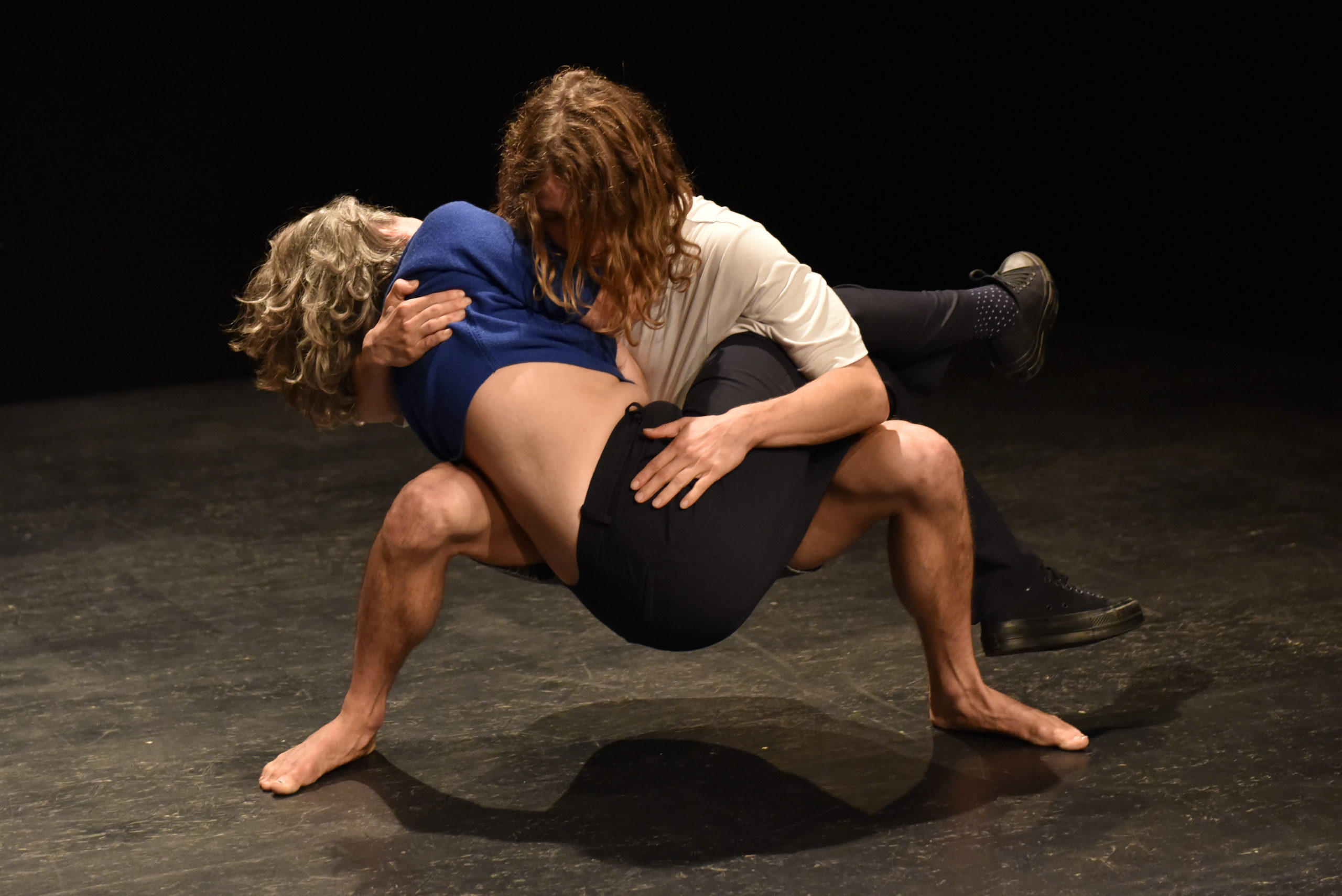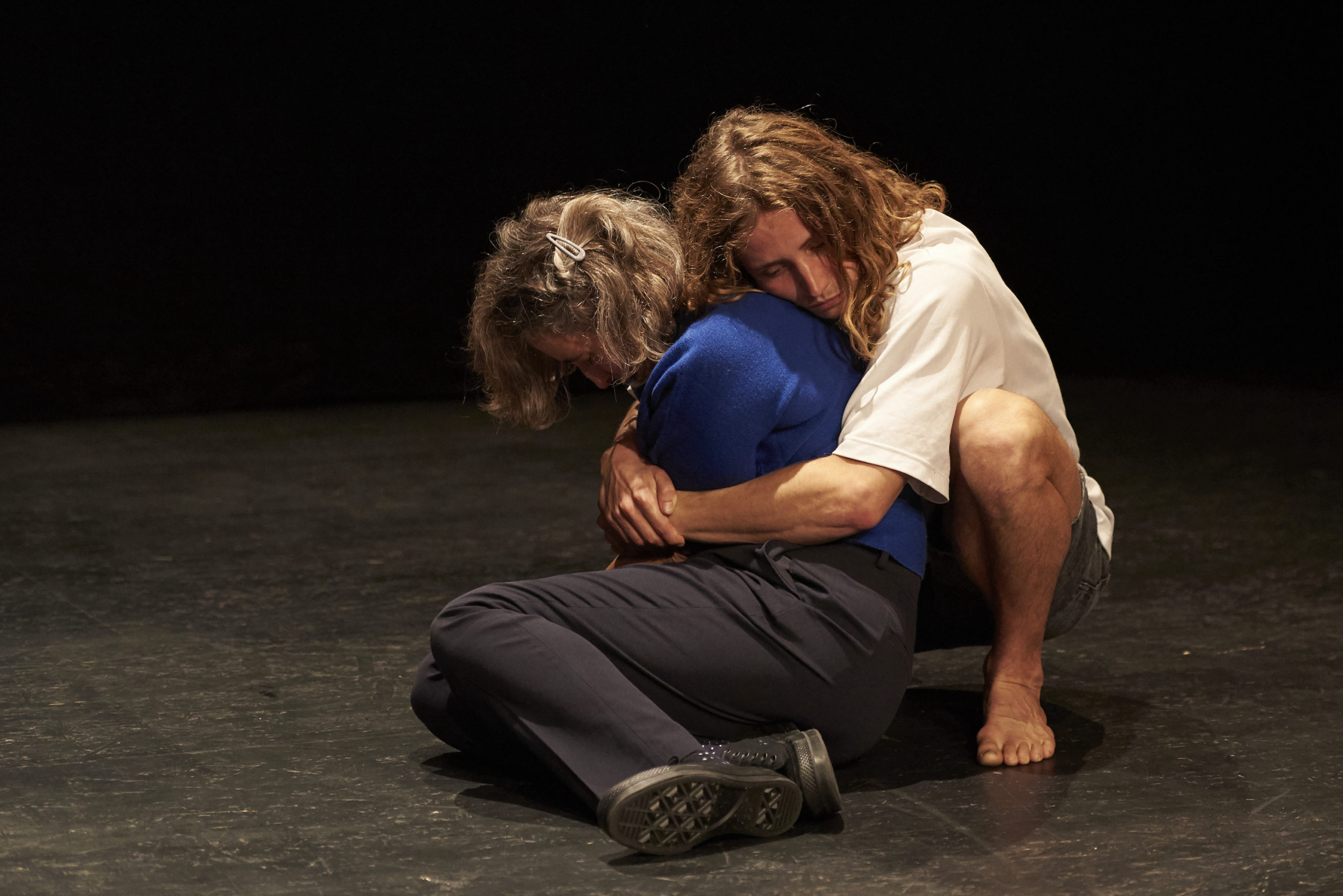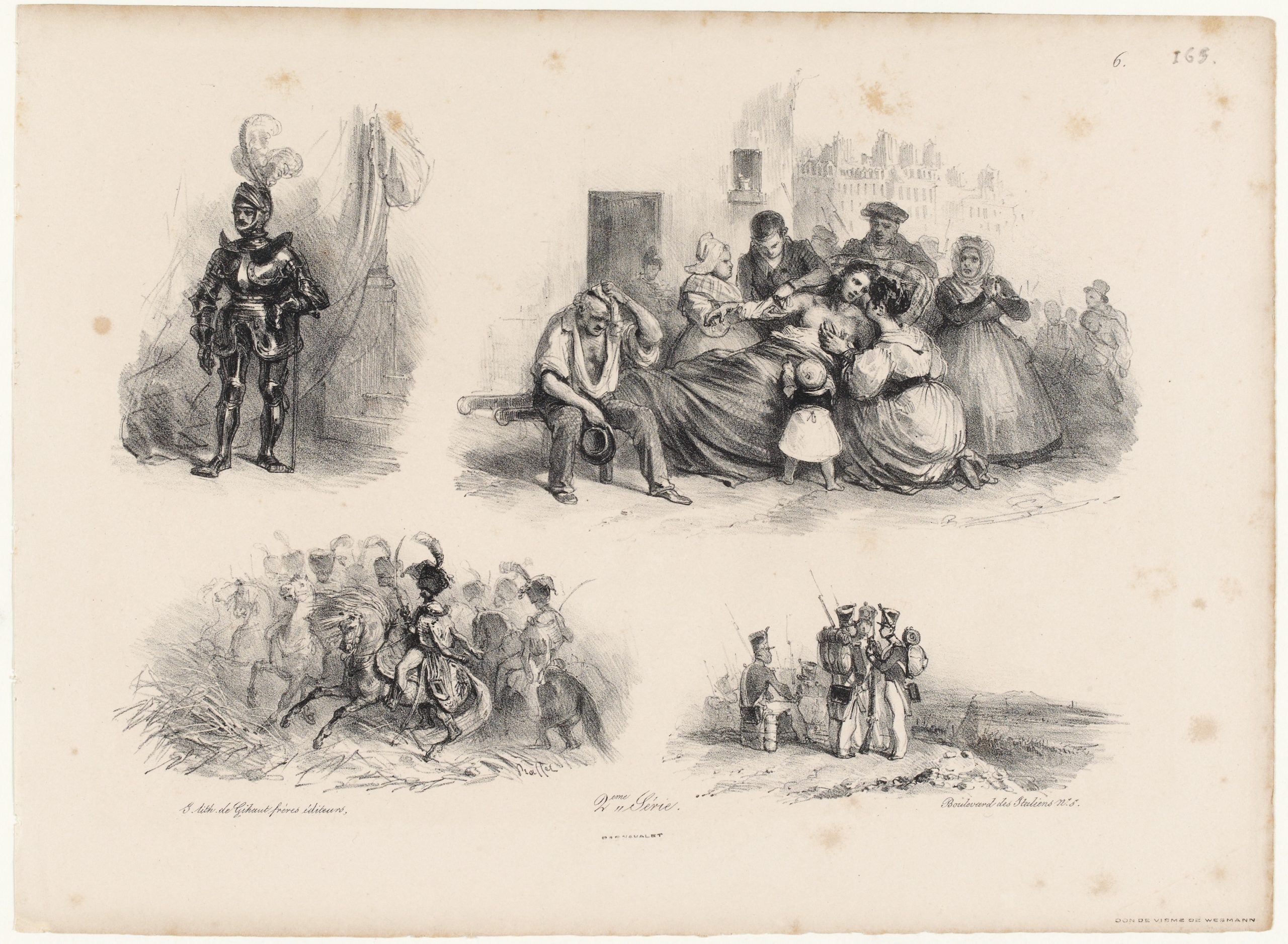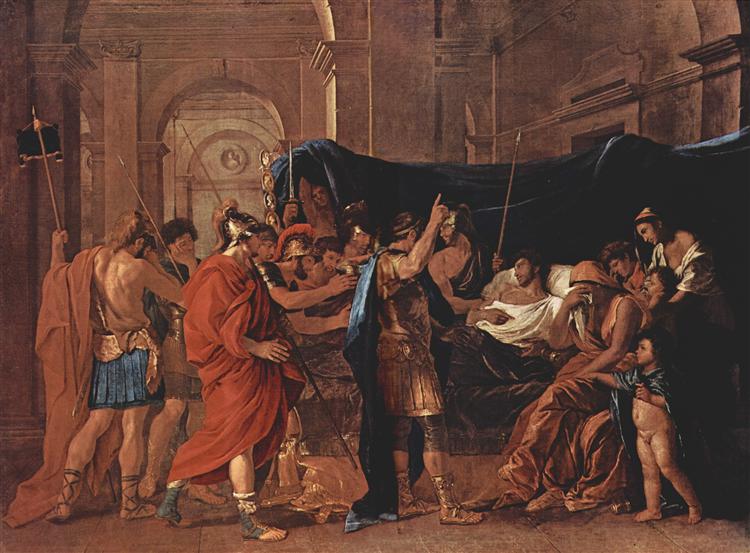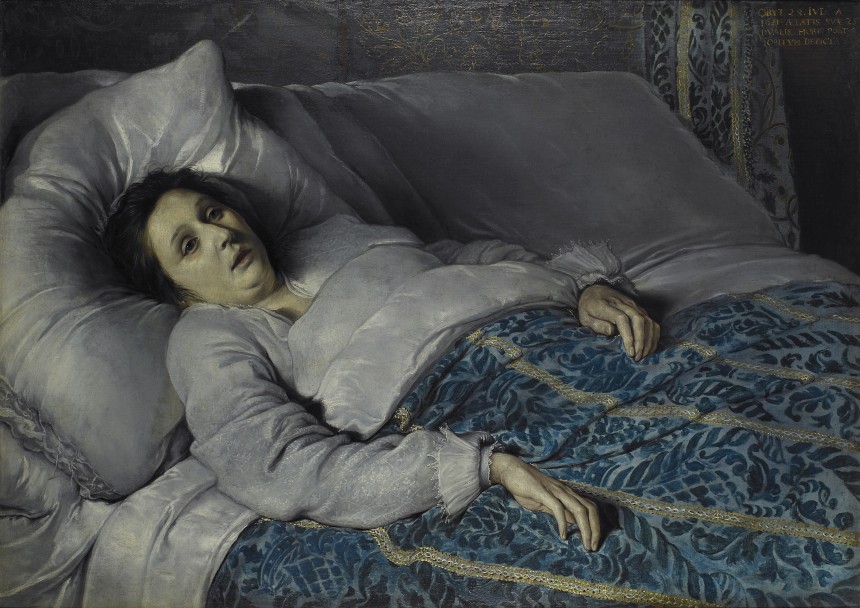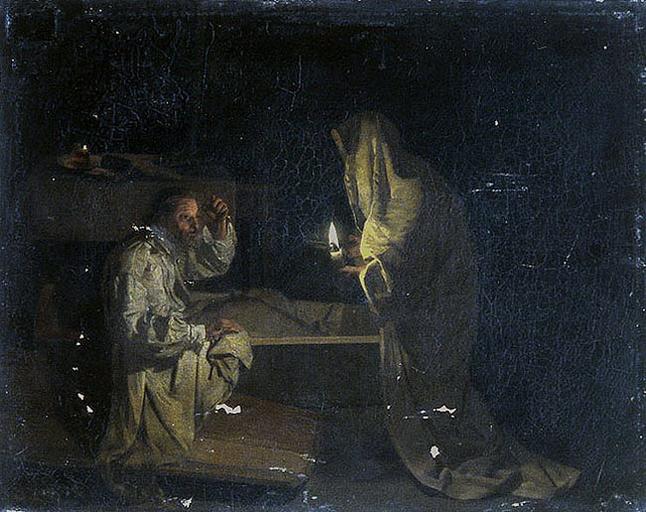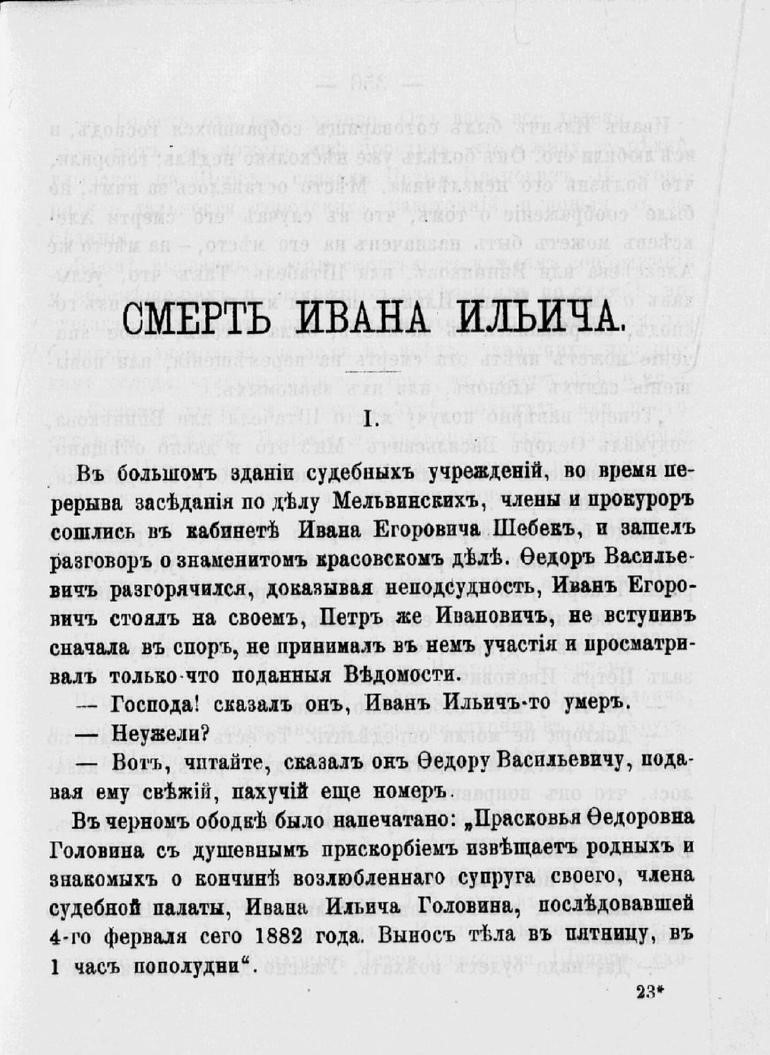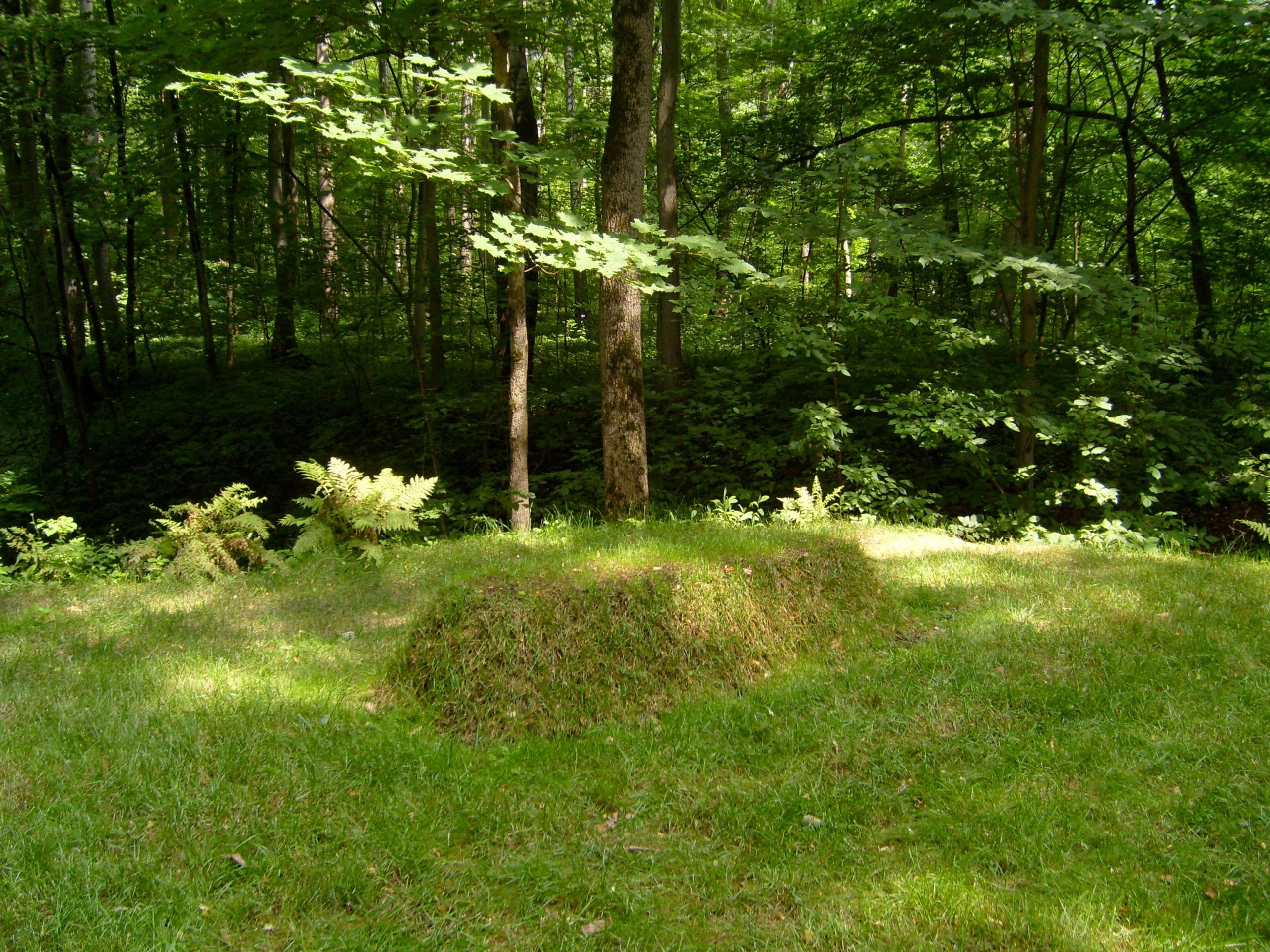The performance The Death of Ivan Ilyich is an adaptation of Leo Tolstoy’s novel, known for the accuracy and irony with which the dying process is depicted. ‘A direct face-to-face encounter with death’, as the author himself once defined it.
This adaptation takes the relationship between Ivan Ilyich and his compassionate servant Gerasim as the starting point for exploring a very specific relationship of care, the one for someone who is dying. As in Tolstoy’s novel, the performance gradually progresses towards a contraction of time and space that slowly leads to the death of the protagonist.
The spectators are gathered in a theater to witness Ivan Ilyich passing away. In less than an hour, Ivan Ilyich will be dead. What is dying? When does it begin? And above all, when does it end?
- concept & direction
- david weber-krebs
- performance
- sonia si ahmed and ezra fieremans
- lighting design
- martin kaffarnik
- sound design
- diana duta
- dramaturgy
- clara cucchi
- production
- infinite endings
- communication
- alice ciresola
- commissioned by
- festival wunder der prärie: care city in mannheim
- thanks to
- wpzimmer, c-takt, kunstenwerkplaats
